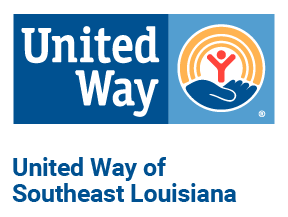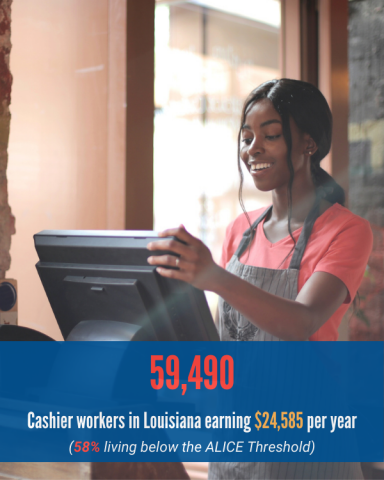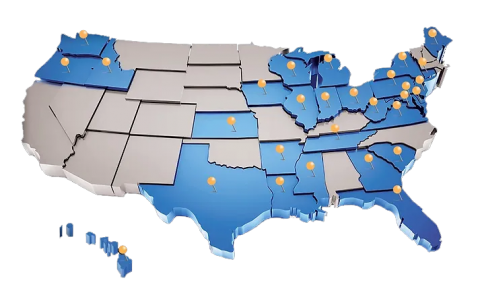Who is ALICE?
Our partners at United Way of Northern New Jersey developed the ALICE name and measurements in 2009 to shine a spotlight on ALICE households, and Louisiana joined the movement in 2015. It represents hardworking families who have been left behind — unable to afford cost of living in their parish. Despite working hard as our nation’s child care educators, home health aides, and cashiers, ALICE lives paycheck to paycheck, unable to save, and often do not qualify for public assistance.
Why ALICE Matters
ALICE essential workers are integral to our community. And as the pandemic showed us, many of them are the essential workers who kept our economy and our way of life going. We continue to rely on ALICE workers every day — from the child care educator to the grocery store clerk to the delivery person to the home health aide.
But what happens when cash-strapped ALICE households are forced to make impossible choices such as deciding between a car repair or quality child care, heat or a prescription? These short-term decisions have long-term consequences not only for ALICE, but for all of us.


.jpg)
.png)


.png)